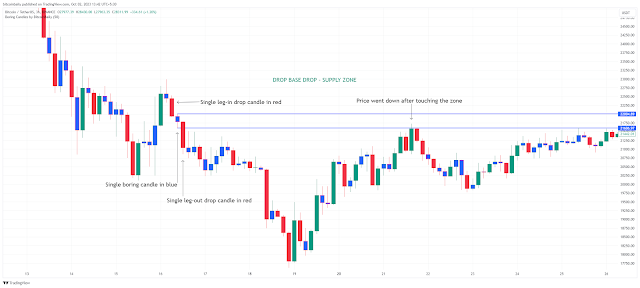100+ years of the Dow Theory and the Yerkes-Dodson Law

The Dow Theory and the Yerkes-Dodson Law have an impact on today's stock markets based on human psychology in the following ways: 1. Dow Theory and Human Psychology: The Dow Theory, developed by Charles Dow and later refined by William Hamilton and Robert Rhea, is one of the foundational principles of technical analysis in the stock market. It is based on the idea that stock market trends are composed of three phases: primary trends (bull and bear markets), secondary trends (corrections within primary trends), and minor trends (daily fluctuations). Relevance Today: The principles of Dow Theory still hold because they describe the behavior of market participants and the cyclical nature of markets. Investors continue to observe primary trends, secondary trends, and minor trends in the stock market. Technical analysts use these principles to make predictions about future market movements, and many traders and investors still find value in these concepts. Trend Following and Human Beh...







